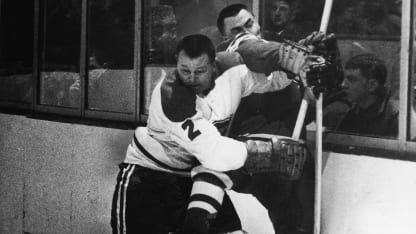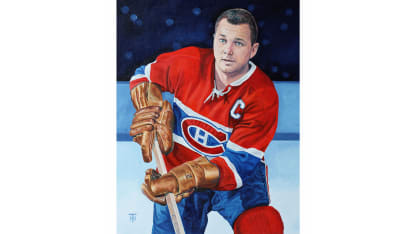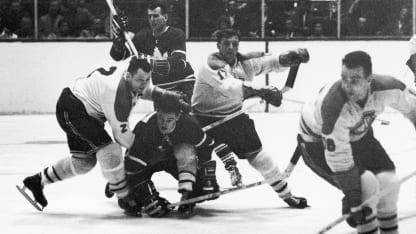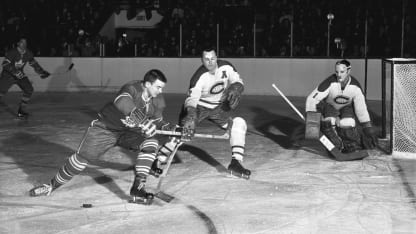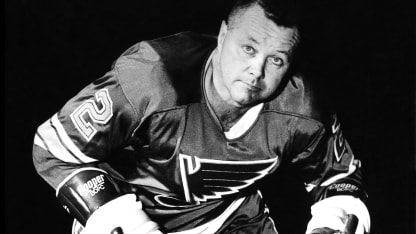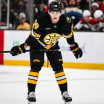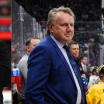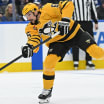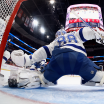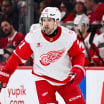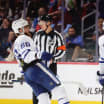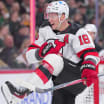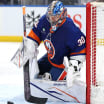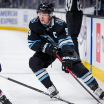Born on Dec. 19, 1924 and raised in Montreal, the 5-foot-11, 187-pound Harvey was a standout in football and even more so in baseball, starring for the Ottawa team in the Border League for four seasons after serving in the Canadian Navy during World War II. Harvey hit .344 and was one of the most feared sluggers in the league, drawing interest from the Boston Braves, but there was no way he was going to be lured away from hockey, particularly after he helped the Montreal Royals win the Allan Cup as Canada's premier senior hockey team in 1947.
"Doug Harvey can skate with the best of them, is big enough to horse around with any of those NHL hard guys, handles his stick expertly and has a head on his shoulders," the Montreal Gazette reported. "He is also something of a blue line general and an organizing force for the Royals."
The scouting report turned out to be prophetic, as Harvey made the Canadiens out of training camp in 1947, replacing Frank Eddolls, who had been traded to the New York Rangers. Wearing Eddolls' No. 2 sweater, Harvey began what would become one of the most storied and influential careers in Canadiens history, a run that not only included six Stanley Cup titles, but almost unprecedented two-way dominance, as Harvey's skillful puck-carrying and surgical attacks made him a dynamic force on the vaunted 'Firewagon Hockey' attack.
Though he never scored more than nine goals in a season, Harvey had seven seasons with 30 or more assists, showing an unerring gift for setting up such big Montreal guns as Maurice "Rocket" Richard, Dickie Moore, Bernie "Boom-Boom" Geoffrion and Beliveau.
"He changed the whole game," Geoffrion said.
Geoffrion's opinion was virtually unanimous, which explains why Harvey was a first-team NHL All-Star 10 times and set a record (later eclipsed by Bobby Orr) by winning seven Norris Trophies. About the only thing Canadiens GM Frank Selke didn't like about Harvey was his unyielding and sometimes even fierce negotiating style when it was time to renew his contract. In an era when most players took what they were given, Harvey pushed hard for what he knew he was worth as the league's premier defenseman, and along with Detroit's Ted Lindsay, questioned NHL owners about how the players' pension funds were being handled.
